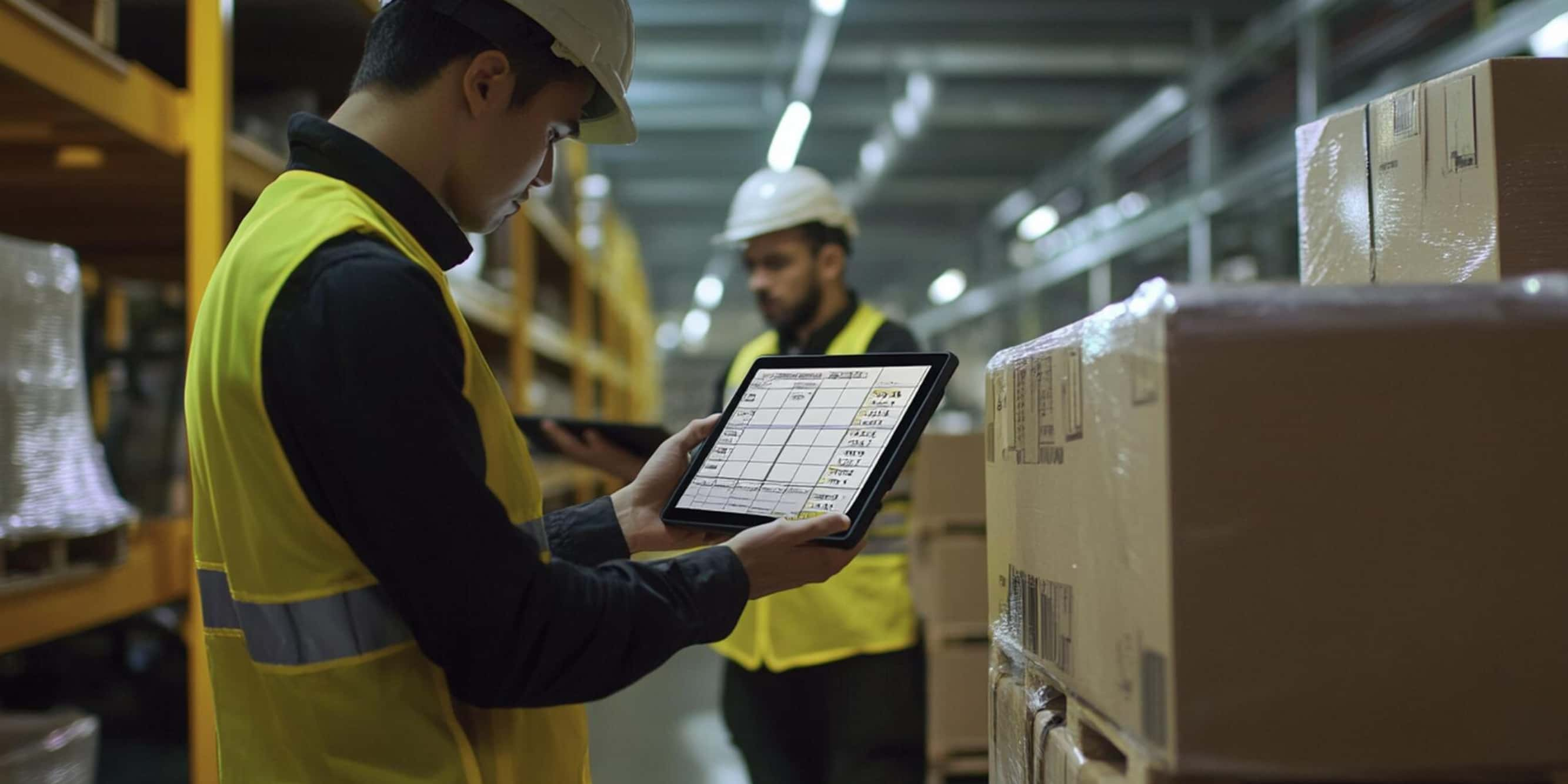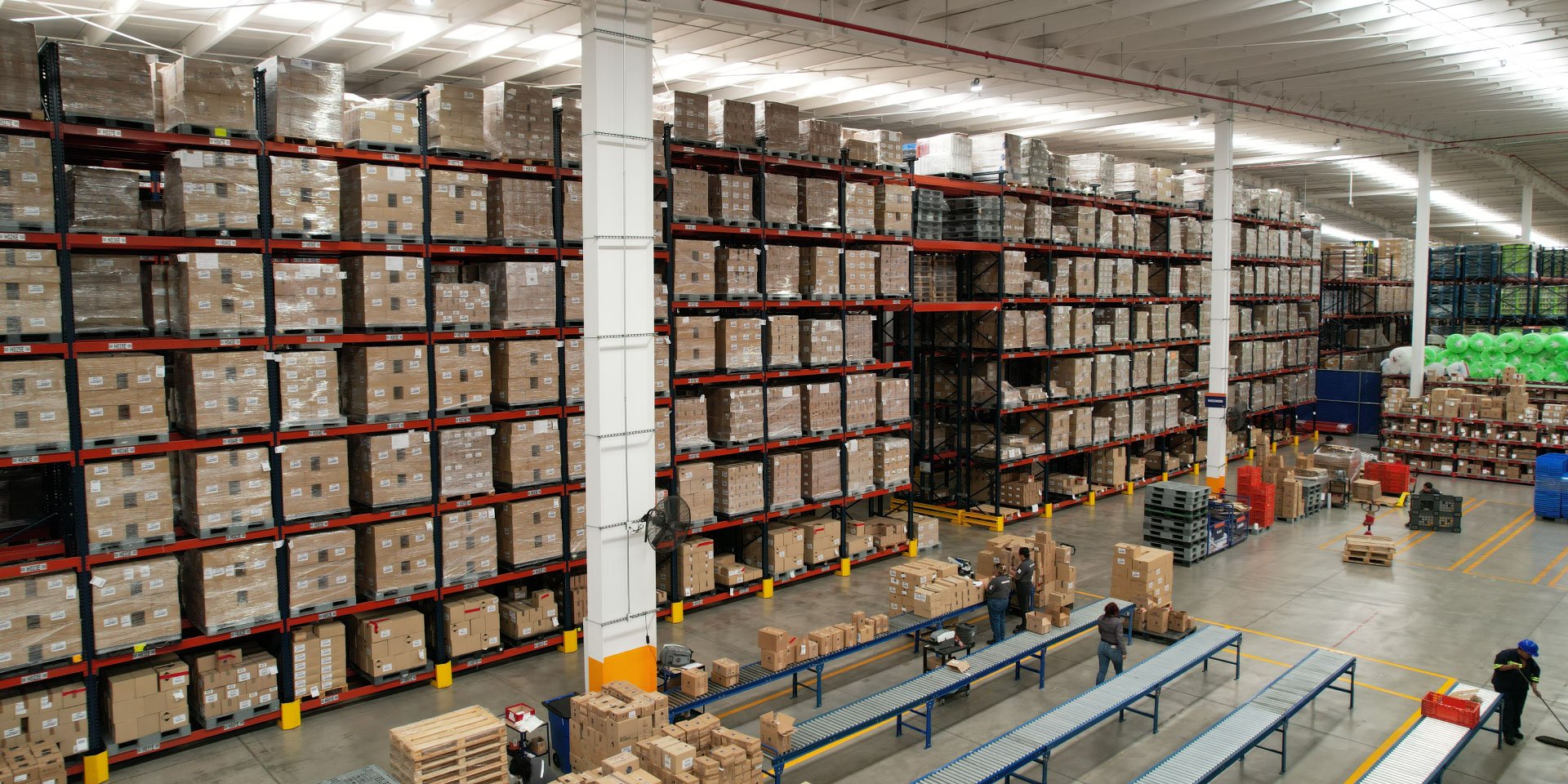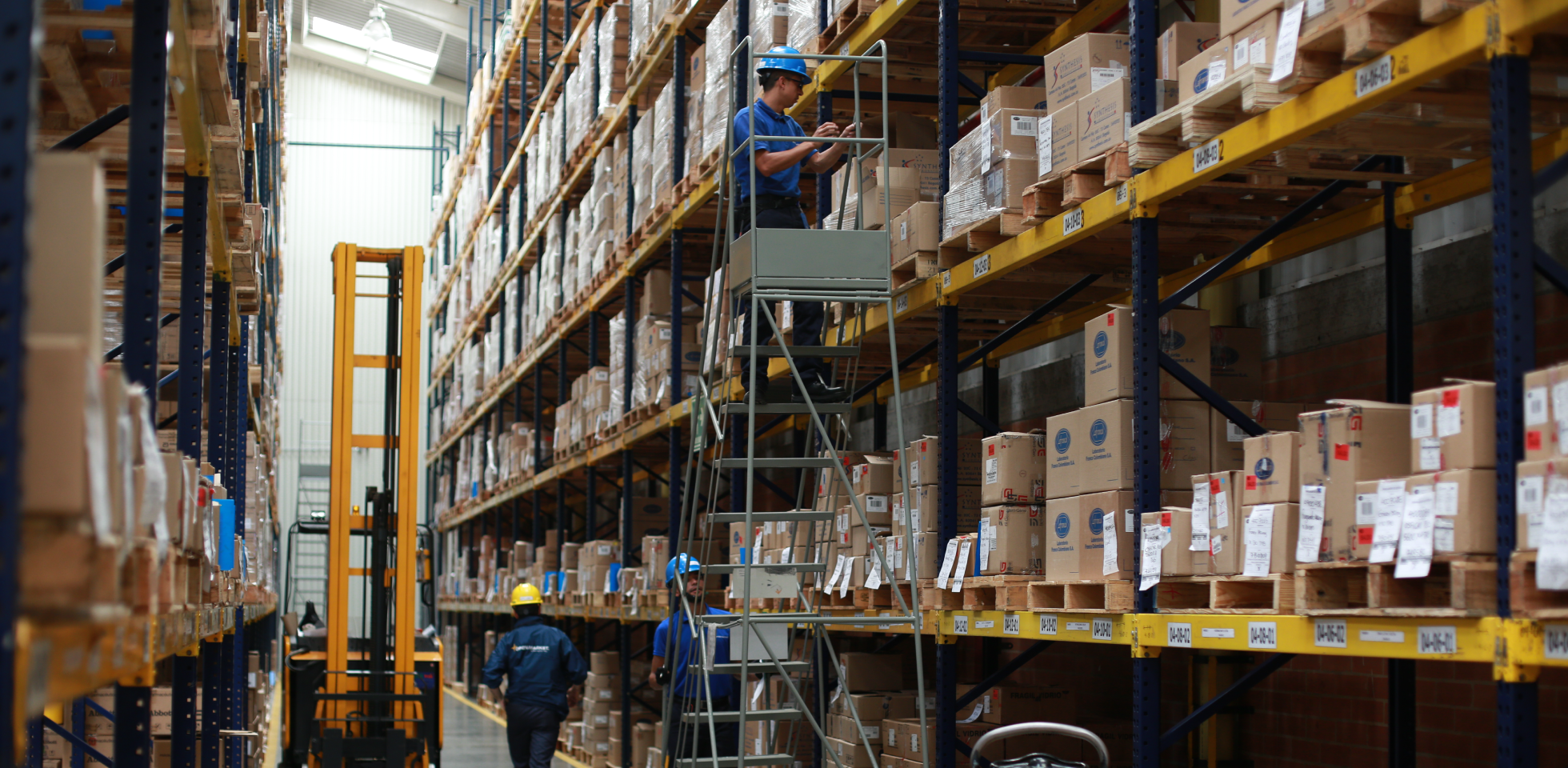Last-mile logistics is currently under pressure because of the increase in e-commerce
orders and shipments, high end-user expectations and the sustainability of
transportation processes, so order fulfillment, deliveries and warehousing need to be
streamlined.
For this reason, innovative warehousing methods have emerged, such as the cross
docking, which unlike traditional processes, minimizes inventory times, placement of
goods in stock, and handling or picking, thus taking products from inbound to outbound
transports as quickly as possible. In other words, inventory processes, as well as
picking, virtually disappear from daily tasks.
This warehouse strategy is especially effective for large distribution industries such as
pharmaceuticals, perishables, and e-commerce in general. The advantage of having a
fast cross docking process means that the chain does not stop at any time.
The advantages of cross docking
Although it also entails risks, such as the possible malfunction in seasonal operations
or the danger of a bottleneck due to a break in the supply chain synchronization, the
advantages of applying this system are many and clear:
- Requires less warehouse space.
- Optimizes resources, taking better advantage of human and technological
resources. - Reduces transport, warehousing, and labor force costs.
- Makes calculation and control of goods shipment times easier.
- As a result, it improves the accuracy of operations and delivery times.
- By minimizing warehouse time, the risk of deterioration, damage or theft of
goods is also reduced. - By reducing inventory retention, productivity, and supply chain efficiency
increase, thereby improving customer service and satisfaction. - It is more sustainable, achieving deliveries with fewer environmental
damages.
It should be highlighted that its application requires continuous monitoring and, in
general, time and efforts to maintain control and proper operation.
Types of cross docking
There are several ways to achieve the flow of goods with no need to go through
warehousing times, with different logistic flows, that is, there are many ways to execute
the cross-docking process:
- Full pallet loading: this is the least expensive, and generally the most
streamlined, way of cross docking as the received loads are marked and
separated by outbound orders, so that pallets are organized immediately upon
arrival and re-routed on outbound shipments to different destinations, directly
from one truck to another. - Hybrid cross docking: used when the warehoused goods are mixed with
newly received ones, and after palletizing, are routed on outbound shipments. - Loading of selected packages by order: this way of cross docking occurs
when products arrive sorted and marked by stock keeping unit (SKU), and
separated into customer orders, requiring pallet loads to be separated for re-
palletizing and shipping. - Opportunistic cross docking: the aim here is to prioritize the cross docking of
late arriving products to avoid further delays, either by shipping them directly or
combined with other warehoused products. - Trucks / trains consolidation: whether arriving by either of these two means, the products require consolidation to fulfil customer's orders, for which a periodusually ranging from 24 to 48 hours is established to sort and combine goods, transfer them to a railroad car, unload them at the rail terminal and transfer them back to trucks for final delivery.
- Short-term warehousing: a suitable version for promotional or seasonal products and bulky items. It is an alternative to warehouse goods temporarily in a set-up area outside the dock, until shipment.
How to implement cross docking in your
warehouse
To ensure that the best results are achieved from a major investment like this, it is
important to count on specialists' advice, so a prior assessment can be made followed
by an appropriate cross docking design to your business.
In addition, cross docking involves great management efforts, coordination between
the different actors of the chain, and continuous communication, with high-quality data
exchanges.
Cross docking technologies
All of the above requires technology to ensure compliance with requirements,
coordination of supplies flows, effective communication, and continuous monitoring of
the process.
That is, it will be necessary to acquire or count on suitable digital and automation
solutions and tools, besides integrating them into a Warehouse Management
Software. This may allow visibility to this part of the process along the chain and
monitor the products' movement through each phase. Among these important tools,
we may find:
RFID radiofrequency terminals: with this technology it is possible to directly route
goods after reading the tag, both when unloading and loading the vehicle, which is
very practical for all sectors, especially for retailers. They also allow detecting the
goods size when arriving at the warehouse, allowing the identification of any
discrepancy between what is expected and what is actually unloaded.
Moreover, the system can trigger an automated replenishment when the stores'
supply falls below a preset minimum quantity.
Goods Receipt Electronic Notification (ASN): this kind of system provides accurate,
real-time data on incoming inventory and outgoing orders for optimal synchronization.
Data integration tools: capturing real-time data helps to reduce errors. However, all
components and applications must be well integrated to prevent informational silos.
For this purpose, metadata and master data management tools are used to ensure
data cleanliness and integrity.
Cloud warehousing: The collected data eases responses to customer orders
cancellations, requests, and tracking, streamlining the process, under information
security and data protection conditions.
Finally, to deploy this process successfully, detailed, and efficient planning is required,
as well as total time control.
At Solistica, we operate 79 cross docking terminals in our warehouses, and we work in
a customer-centric model that encourages our warehousing services to be productive,
quality-driven and continuously improving.






